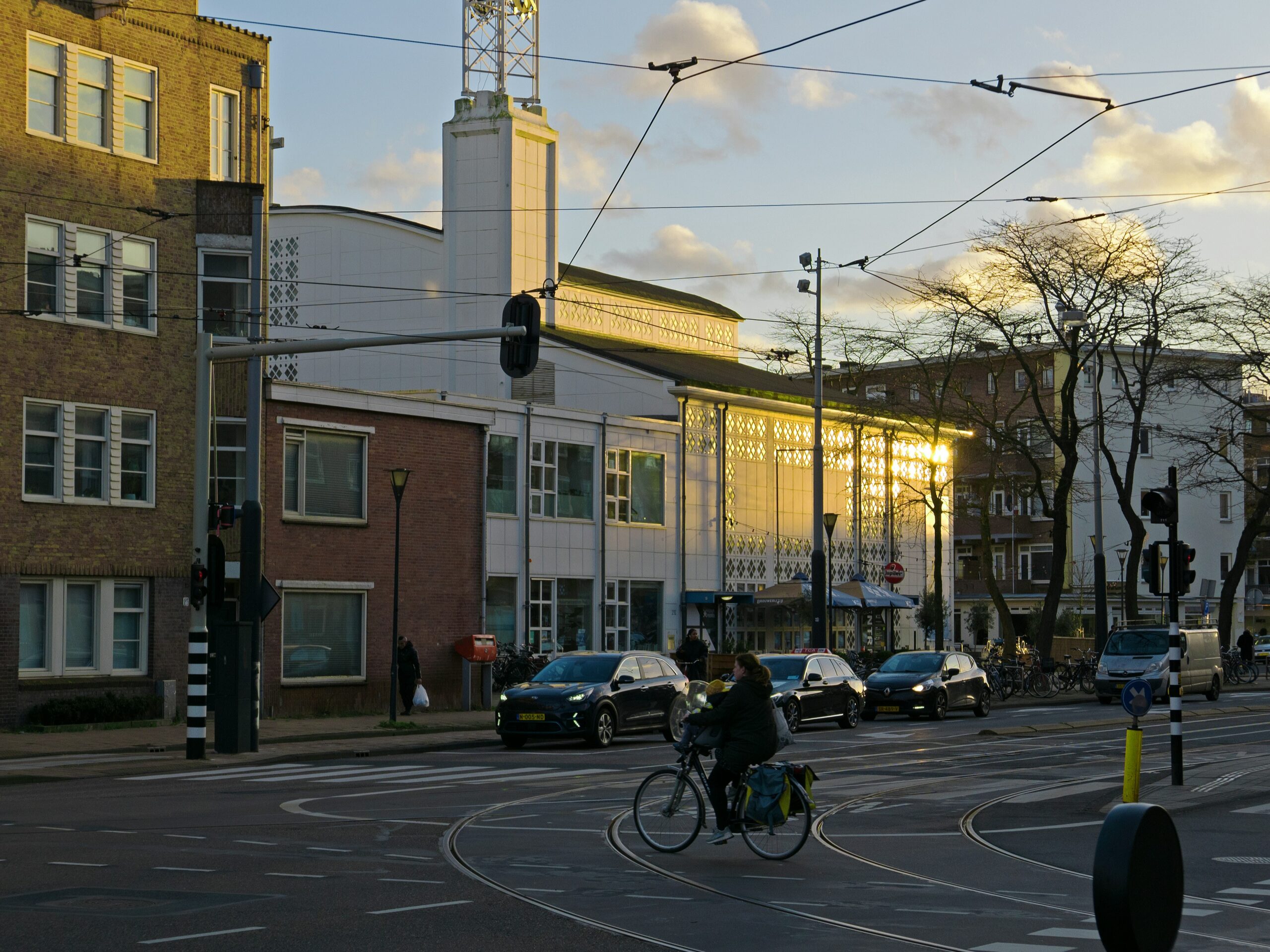Does Walkability Make Us Happier?

Does living in a walkable neighborhood make people happier? Kevin M. Leyden, Michael J. Hogan, Lorraine D’Arcy, Brendan Bunting, and Sebastiaan Bierema investigate the “linkages between place, health, and happiness in younger and older adults” in their paper Walkable Neighborhoods.
Key Takeaways
- Walkability is directly linked to the happiness of people aged 36 to 45.
- The happiness effects of walkability are somewhat limited for younger and older adults.
- Older adults living in walkable neighborhoods were more likely to feel healthy and trusting of others, which positively affected their happiness.
Objectively defining “walkability” using quantitative measurements of the built environment for the purposes of cross-city comparison is extremely difficult; so the researchers instead limit their focus to differences in happiness within the city of Dublin, Ireland, where a group of experts selected a list of 16 neighborhoods and scored them based on a set of “14 criteria that included aspects of walkability and pedestrian character.” Notably, the 16 neighborhoods chosen were a mix of wealthier and poorer areas.
Measuring happiness, on the other hand, is much easier: the researchers simply asked 1,064 adults living in the identified Dublin neighborhoods “all things considered, how happy are you right now?” To isolate the effect of walkable neighborhoods, they controlled for other factors known to influence happiness, like employment, marriage status, and satisfaction with neighborhood appearance.
The researchers find that living in a walkable neighborhood is directly linked to the happiness of people aged 36 to 45 and, to a lesser extent, younger adults. Somewhat surprisingly, they found a fairly limited connection between happiness and walkability, particularly for adults under age 35 and over age 45. In adults over 60, they found that walkability’s effect on happiness was mediated by the positive effect of walkability on health and by its weaker effect on people’s satisfaction with their neighborhood’s appearance.
In summary, most people were pretty happy with where they had chosen to live, while adults in their 30s and 40s were especially happy living in walkable neighborhoods.